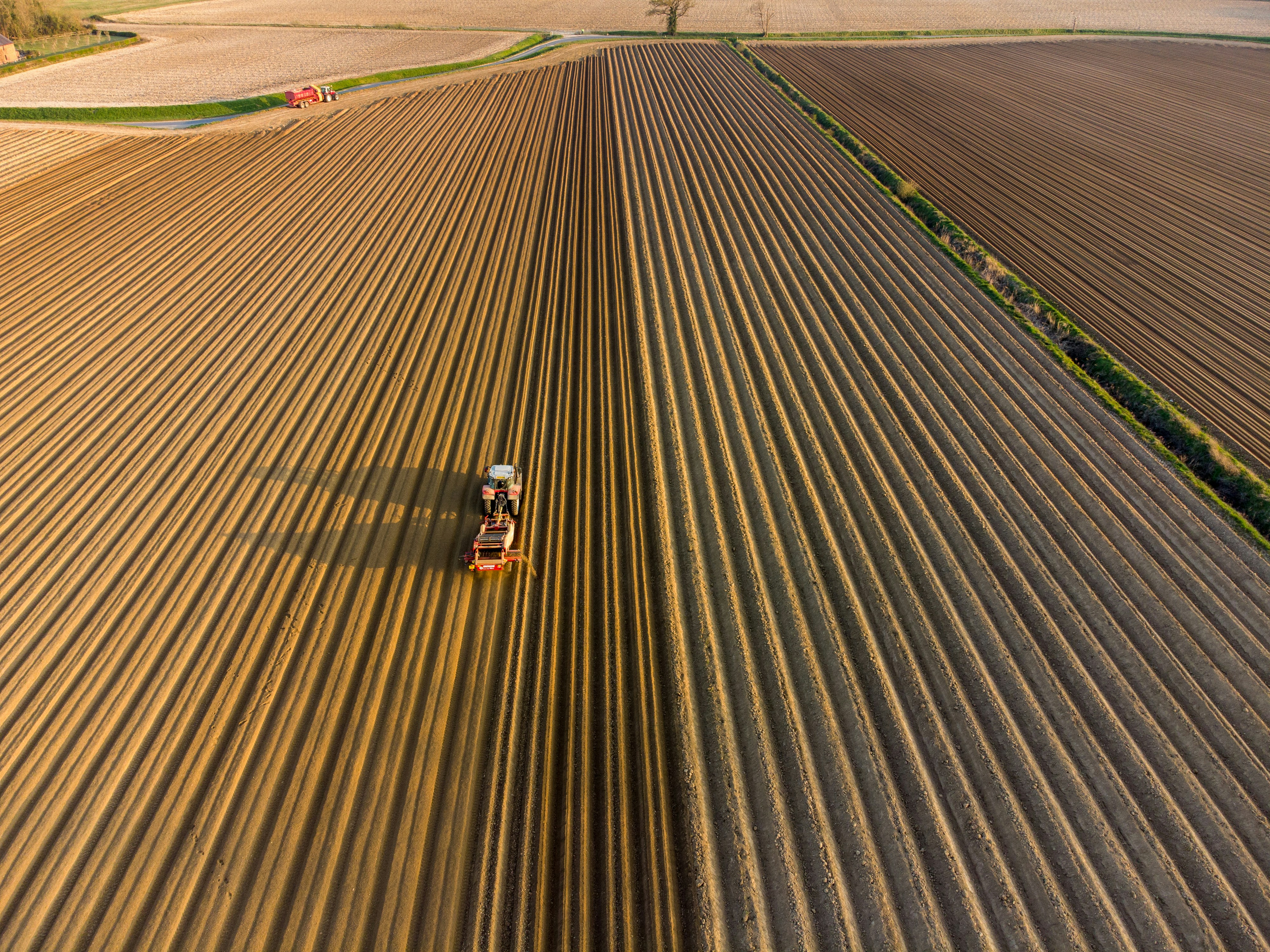The Rise of Agro Tech: Transforming Agriculture with Drones
Innovation
Mar 11, 2024
In the vast expanses of modern agriculture, technology is revolutionizing the way we cultivate crops and manage farms. One of the most remarkable advancements in recent years has been the integration of drones into agricultural practices. These unmanned aerial vehicles, equipped with sophisticated sensors and imaging technology, are changing the game for farmers worldwide, enhancing efficiency, precision, and sustainability in ways previously unimaginable.
A Bird's-Eye View: How Drones Are Revolutionizing Agriculture
Drones offer a unique perspective from above, allowing farmers to gain valuable insights into their fields' health and status. Equipped with various sensors such as multispectral, hyperspectral, and thermal cameras, drones can capture detailed data on crop health, moisture levels, pest infestations, and more. This data can then be analyzed using advanced algorithms to provide actionable insights for optimizing farm management practices.
Precision Agriculture: Maximizing Efficiency and Yield
Precision agriculture is at the core of the drone revolution in farming. By precisely targeting areas of concern within a field, farmers can minimize inputs such as water, fertilizers, and pesticides while maximizing crop yields. Drones enable farmers to identify and address issues on a much smaller scale than traditional methods, resulting in significant cost savings and environmental benefits.
Monitoring Crop Health and Growth
One of the primary uses of drones in agriculture is monitoring crop health and growth throughout the growing season. By regularly surveying fields from above, farmers can detect signs of stress or disease early on, allowing for timely intervention. With the ability to capture high-resolution imagery and generate detailed maps, drones enable farmers to make informed decisions about irrigation, nutrient application, and pest control strategies.
Weed Management and Crop Protection
Weed management is a constant challenge for farmers, but drones are offering new solutions to this age-old problem. By using advanced imaging technology, drones can identify and map weed infestations with precision accuracy. This information can then be used to target herbicide applications only where needed, reducing chemical usage and minimizing environmental impact.
Beyond the Fields: Drones in Livestock Management and Beyond
While drones are most commonly associated with crop farming, their applications extend beyond the fields. In livestock management, drones can be used to monitor herd health, track animal movements, and even assist in herding tasks. Additionally, drones are being utilized for environmental monitoring, land surveying, and disaster response in rural areas, further highlighting their versatility and utility in agriculture.
Overcoming Challenges and Embracing the Future
While the potential benefits of drone technology in agriculture are immense, there are still challenges to overcome. Regulatory issues, privacy concerns, and the need for specialized training and equipment are among the obstacles facing widespread adoption. However, as technology continues to evolve and stakeholders collaborate to address these challenges, the future looks bright for the integration of drones into mainstream agricultural practices.
Conclusion
The rise of agro-tech and the integration of drones into agriculture are transforming the way we farm, bringing unprecedented levels of efficiency, precision, and sustainability to the industry. By harnessing the power of aerial imagery, data analytics, and automation, farmers are empowered to make smarter decisions and optimize their operations like never before. As we look to the future, the role of drones in agriculture is only set to grow, promising a more resilient, productive, and environmentally friendly food system for generations to come.


